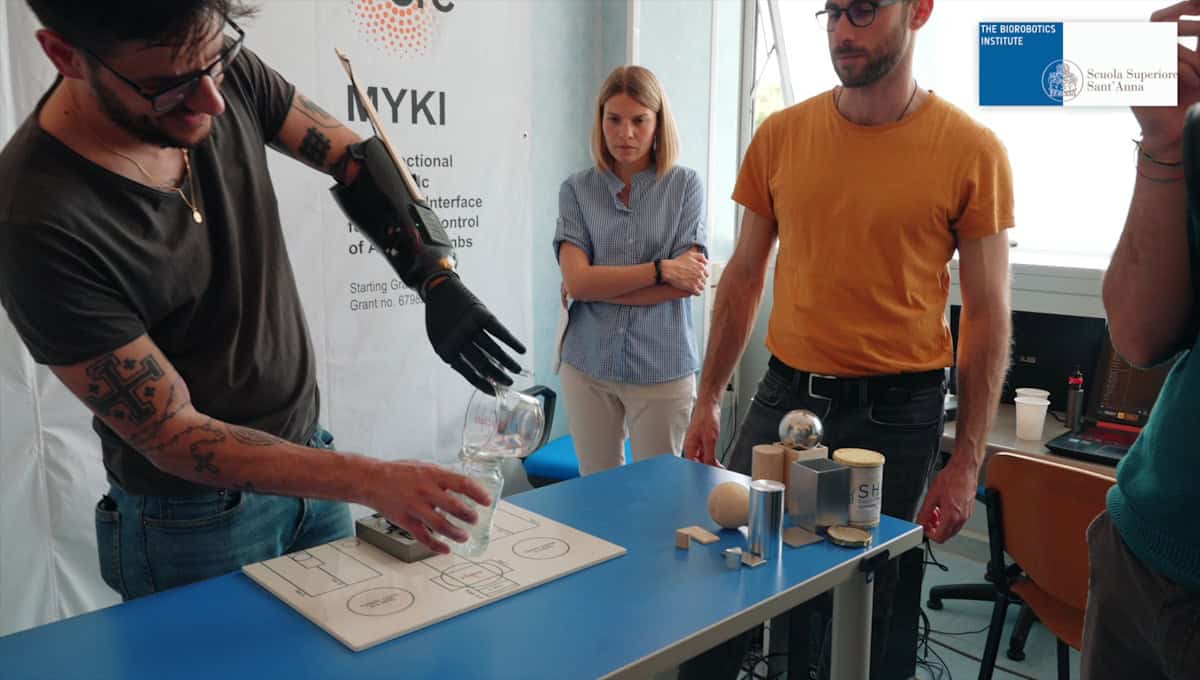A recent breakthrough by researchers at the German Primate Center, led by Andres Agudelo-Toro, a scientist in the Neurobiology Laboratory, has significantly advanced the field of brain-computer interfaces. The study, conducted with rhesus monkeys, has resulted in a training protocol that enables precise control of prosthetic hands purely through brain signals. This novel approach focuses on the neural signals responsible for different hand postures, which are essential for controlling prosthetic devices, rather than the previously assumed velocity signals.
The Importance of Fine Motor Skills
The capability to manipulate everyday objects, such as carrying shopping bags or threading a needle, hinges on our fine motor skills, which many take for granted. Individuals affected by conditions like paraplegia or diseases such as amyotrophic lateral sclerosis (ALS) can experience profound limitations in mobility due to muscle paralysis. As a result, researchers have invested decades into developing neuroprostheses—artificial limbs designed to restore movement.
The Study Process
During the study, monkeys were initially trained to move a virtual avatar hand on a screen. Once they grasped this task, they progressed to controlling the avatar through mental imagery, a method that measures activity in the neurons responsible for hand movements. The researchers adapted their algorithm to incorporate both the endpoint of a movement and the trajectory taken to reach it, enhancing the precision of the avatar’s movements.
Significance of Findings
The findings of this study underscore the critical role of hand posture signals in the effective operation of neuroprostheses, according to Hansjörg Scherberger, head of the Neurobiology Laboratory and senior author of the study. This research could pave the way for improved functionality of future brain-computer interfaces, ultimately enhancing the fine motor skills of prosthetic hands and restoring mobility to those in need.









